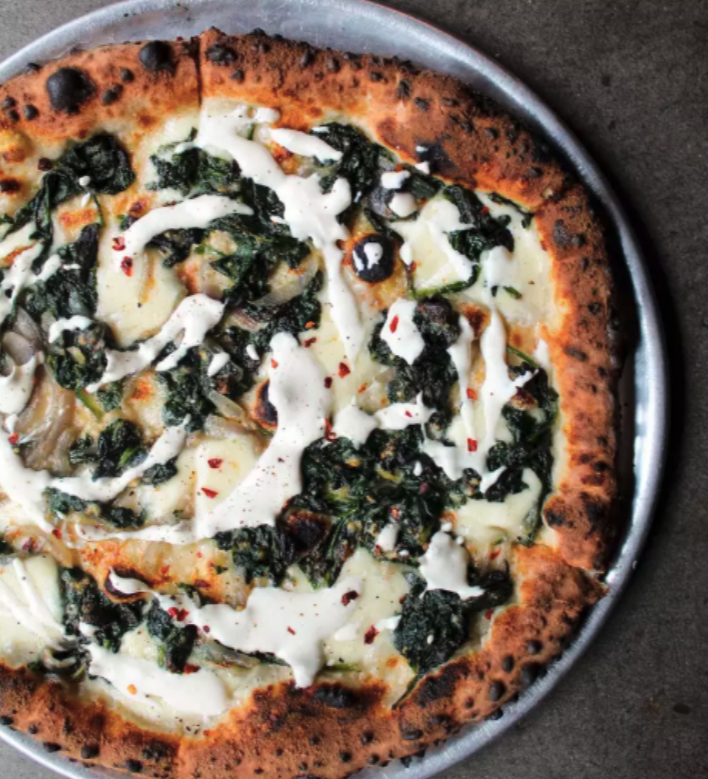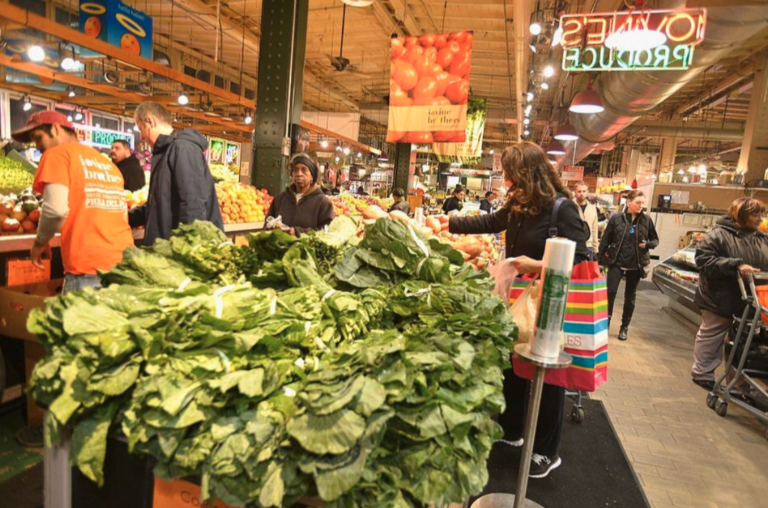Hawaiian Chefs are Reinventing Traditional Dishes with Poi
Originally published on Eat Sip Trip
Unless you’ve been to Hawaii, there’s a good chance you’ve never heard of poi. One of the Aloha State’s most traditional ingredients, poi has always been much loved by Hawaiians, but it wasn’t until recently that it’s started to make appearances in innovative dishes at restaurants across Hawaii, from fine dining restaurants to casual cafés and even bakeries.
The primary ingredient in poi is taro, a starchy root vegetable with a pale purple hue. Playing a significant role in Hawaii’s heritage, the simple taro plant (called kalo in Hawaiian) has been a respected cultural symbol for generations.
Taro first arrived on the islands with Polynesian settlers who transported it for nourishment during their extensive canoe voyages. Once instrumental to survival, taro became an important and revered spiritual element within Hawaiian culture, representing Haloa, the god of the original Hawaiian ancestors. Through a specialized process known as “pounding,” Hawaiians transform taro into a form called pa’i’ai, which the precursor to poi, and is eventually further pounded and blended with water to create poi. This technique, traditionally performed atop a special wooden board specifically carved for this purpose, radically transforms the taro from its raw state to its prepared form.
Once the taro is mashed, it becomes a thick paste or a thin liquid, depending on the cooking practice that is used. The final incarnation can range from a crispy chip to a viscous, yogurt-like consistency. Considered by many to be an acquired taste, it can be eaten sweetened or on the sour side, depending on the addition of various ingredients. Over the years, poi has quietly transitioned into a simple – yet omnipresent – side dish. It’s traditionally served along with pork and fish, and continues to be a permanent food item at luaus and traditional dinners. Today, innovative Hawaiian chefs are looking at taro with a fresh, new perspective and recreating poi with imaginative results.
“I think poi is experiencing a resurgence because it is a staple food that is under-utilized, and can be exciting,” said Richard Polhemus, the executive chef at the Four Seasons Resort O’ahu at Ko Olina. “Poi has the reputation of not being palatable on its own, and many great chefs thrive on the challenge of convincing diners otherwise. Poi, when produced in a traditional method, can be bland and unappetizing in color. However, it was never meant to be eaten on its own. It was meant to be used more like a sauce accompanied with many other flavorful Hawaiian preparations, such as lomi salmon, pipkaula, dry cured beef, raw fish, and dried fish. It is actually the perfect balancing vehicle for these salty, pungent flavors.” Poi remains a major symbol of Hawaiian history. Recently, on January 17, 2018, pounding poi was a major part of the ceremonies that commemorated the 125th anniversary of overthrowing Queen Liliuokalani and the Hawaiian kingdom. Hundreds of Hawaiians participated in the event.
“Poi is to Hawaiians what the baguette is to the French,” saidGeorge Mavrothalassitis, prorieter and chef at awardwinning Honolulu restaurant Chef Mavro. “Poi is becoming more popular as the farm-to-table movement grows in Hawaii, as there is an increasing concern for sustainability.” But poi is much more than a starch or a side dish.
As a vegetable, poi offers a great deal of health benefits, providing valuable nutrients such as vitamins A and C, calcium, potassium and magnesium. “Our native dish is gaining momentum for wellness-minded individuals, as more people are learning about its health benefits,” said Oswaldo Rabago, the assistant director of food and beverage at the Halekulani resort in Waikiki. “Poi is gluten free and can be used as a milk substitute for those with celiac or a gluten intolerance. Compared to other vegetable forms, poi is an under-the-radar health food with a great deal of potential.” Rabago continued, “At House Without a Key restaurant, we infuse the Hawaiian culinary style into several of our menu items using local ingredients. For example, we have a dish that features taro bread, puna goat cheese salad and poi dressing, where the dressing is the highlight that brings the flavors together.” In San Francisco, chef Jordan Keao has introduced poi in several dishes at his modern Hawaiian restaurant, ‘Aina, which means “the land which feeds us.” Born and raised on The Big Island, he’s dedicated to educating customers about the culture of the islands, and especially the significance of taro and poi. “A few hundred years ago, there were over 250 varieties of taro plant,” Keao explained. “Now there are only about 50 to 60 varieties – and only a few of those are used to the make poi. But it’s coming back in a big way.”
To create his own ku’i’ai (poi pounding) board, Keao flew to Hawaii and participated in a workshop on Oahu where he used the wood from a 200-year-old mango tree that was soaked in a taro field for a month and half. Currently on display in his restaurant, the board is over three feet tall, 18 inches wide and weighs almost 100 pounds. “When I opened my restaurant, I definitely wanted to have poi on the menu,” Keao said. “I wanted to have the perfect version of poi. I was accustomed to eating poi growing up in Hawaii, but it’s not often that people who visit Hawaii actually eat hand-pounded poi.” Each week, his restaurant orders about ten pounds of taro (in the form of pa’i’ai) sourced from local farmers in Hawaii. His staff then turns it into poi, and adds a balance of sweet and sour flavors.
‘Aina serves an array of poi and pa’i’ai. This includes “puffed pa’i’ai,” a thinly sliced, dehydrated and fried dish that’s paired with a Hawaiian cured kompachi. The restaurant also offers a seared version of pa’i’ai that is accompanied by jackfruit, coconut and inhouse smoked mushrooms. It incorporates savory, rich and intense sourdough flavors. In addition, Keao also serves aged poi. He portions it into blocks and mircoplanes it onto pasta and other dishes. In this form, it is used to balance some of sour and sweet notes. He is also working on creating recipes for poi pancakes and poi pizza. “When customers walk out of our restaurant with a true appreciation for taro and poi…that really blows me away,” he said. “That’s the end goal for me – and the reason I feature poi on menu in the first place.”






